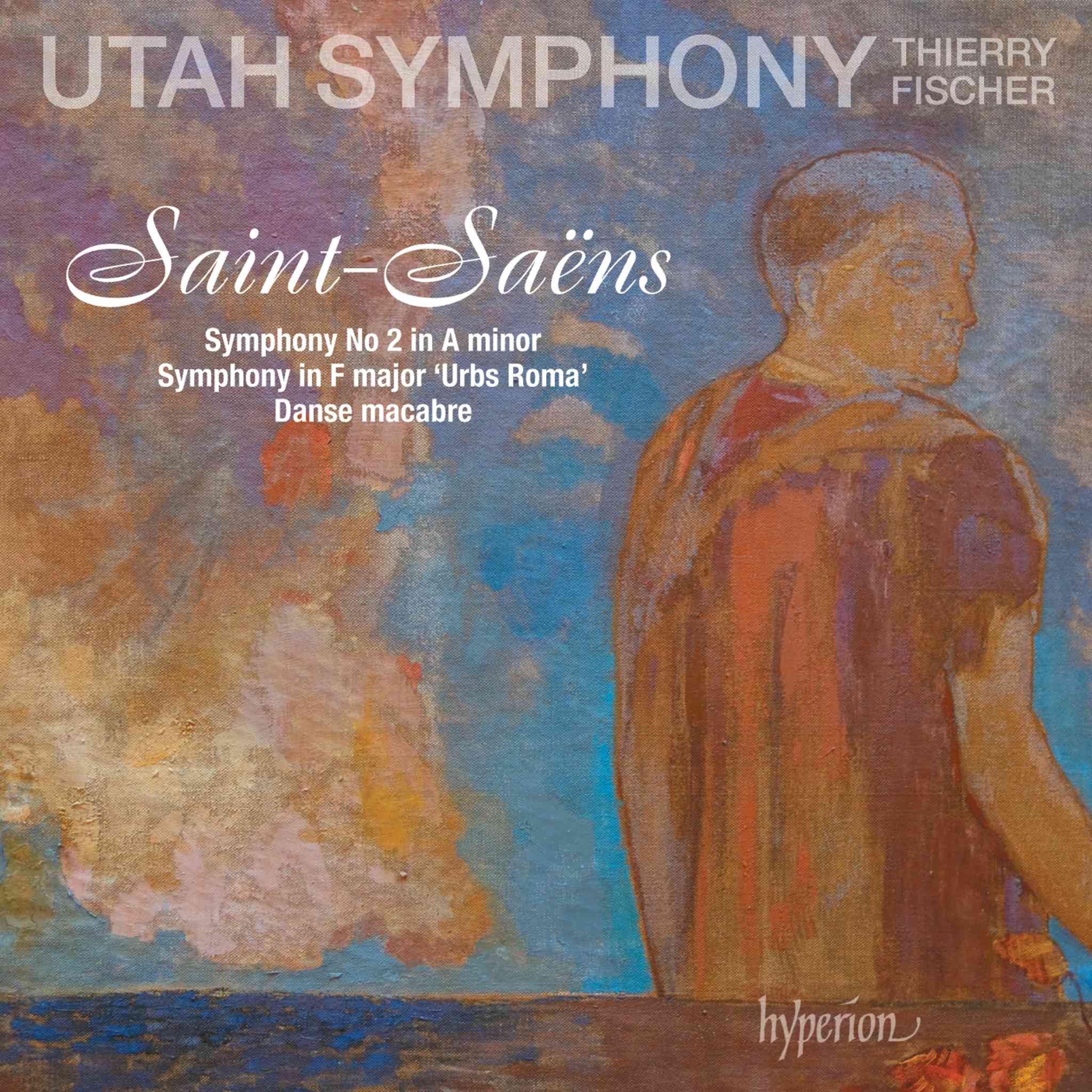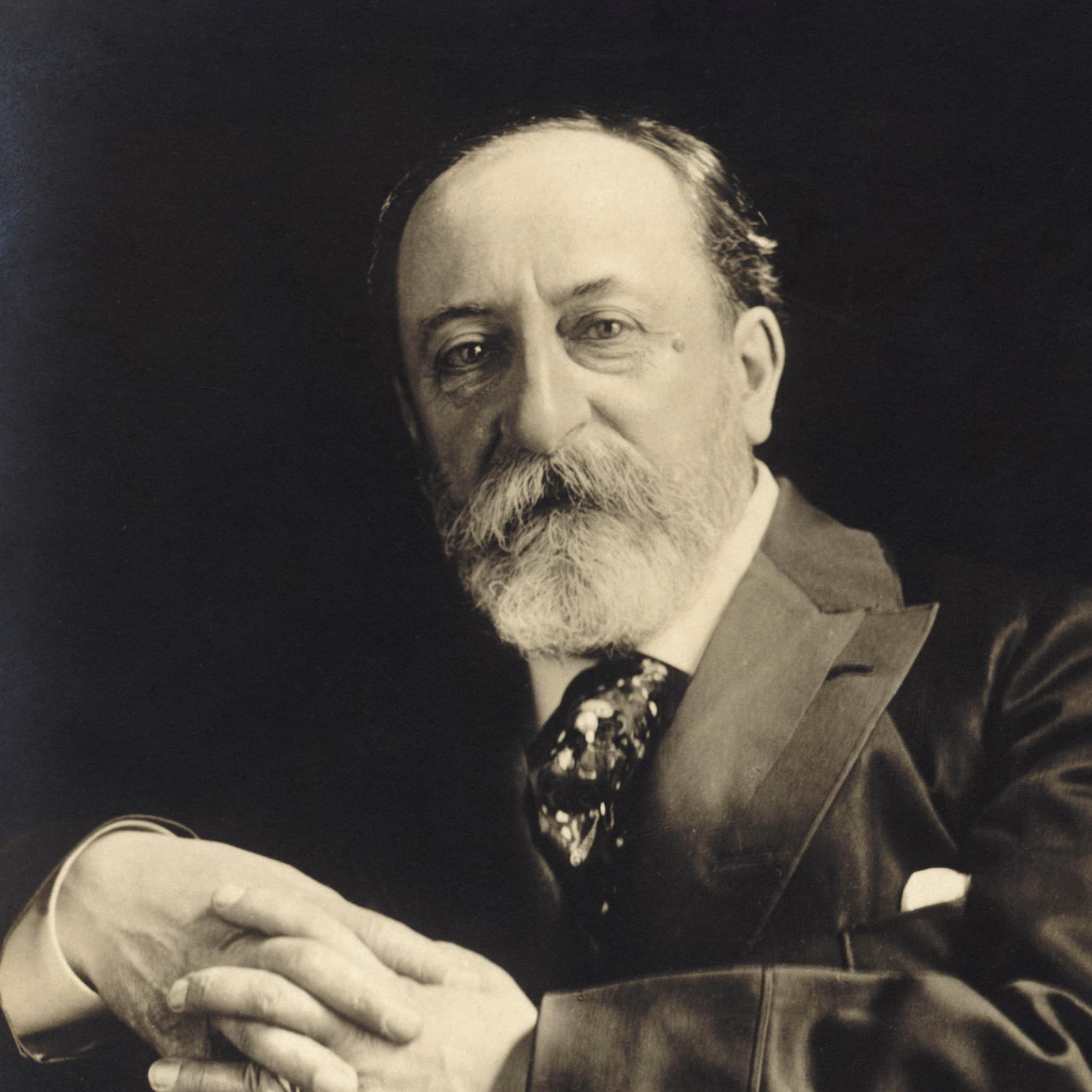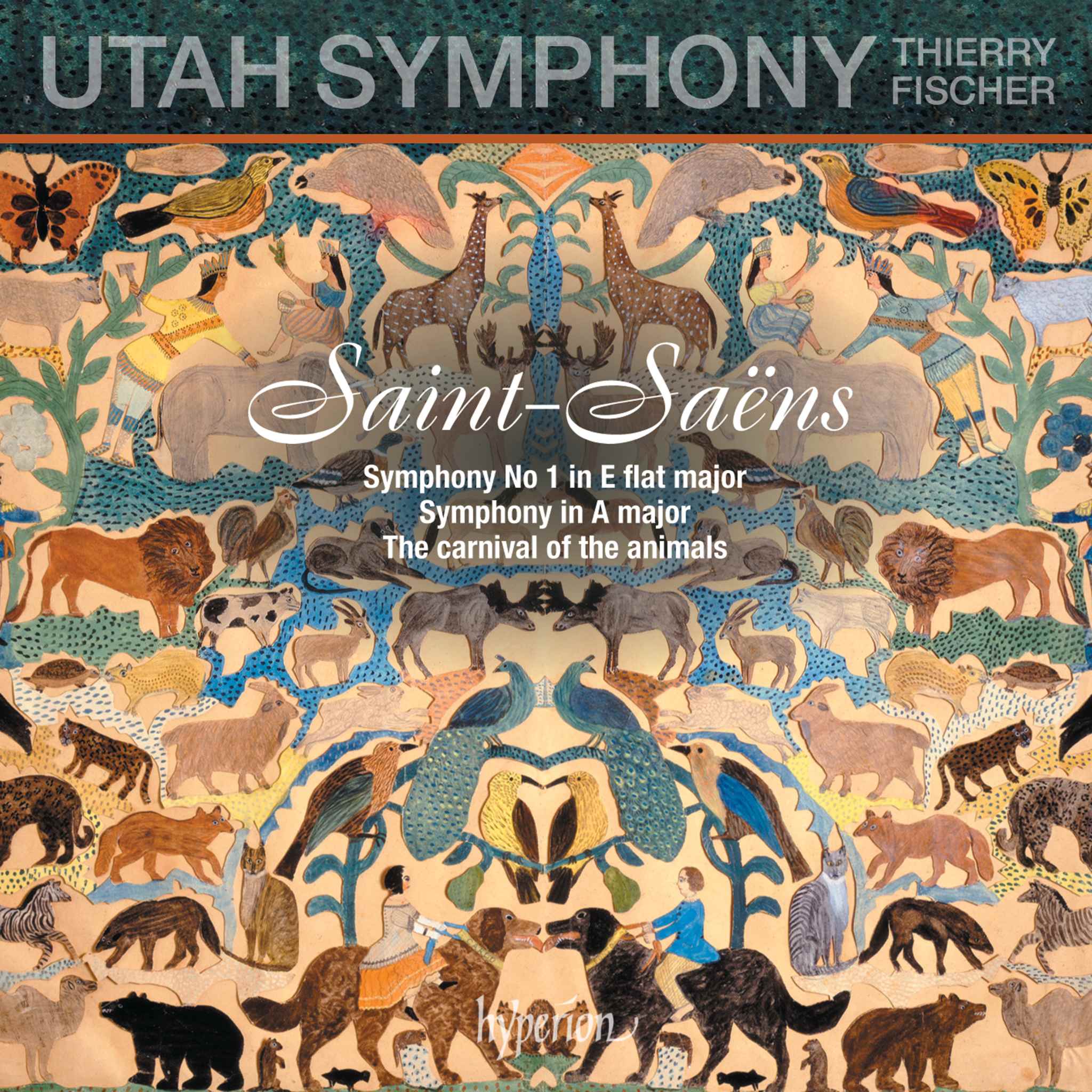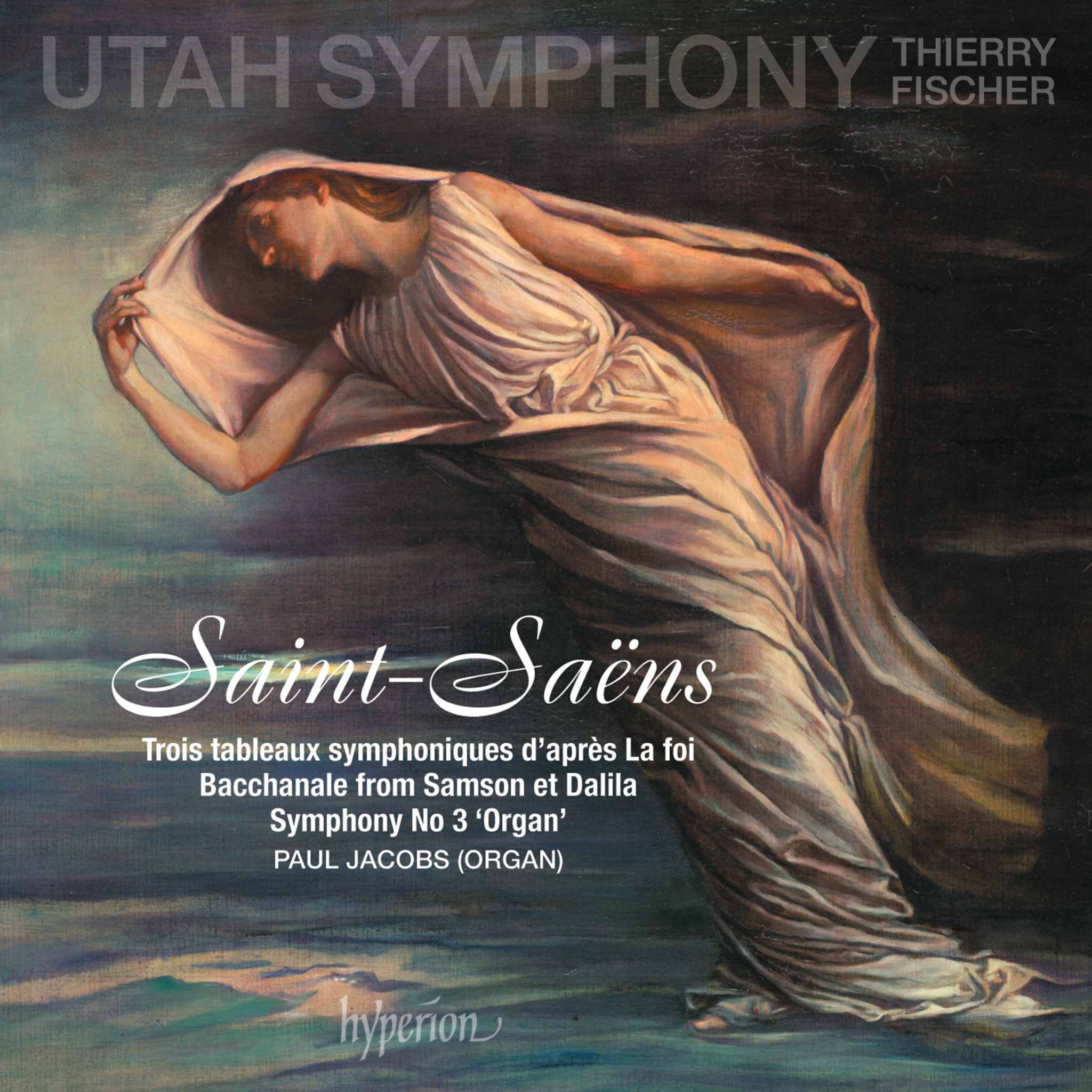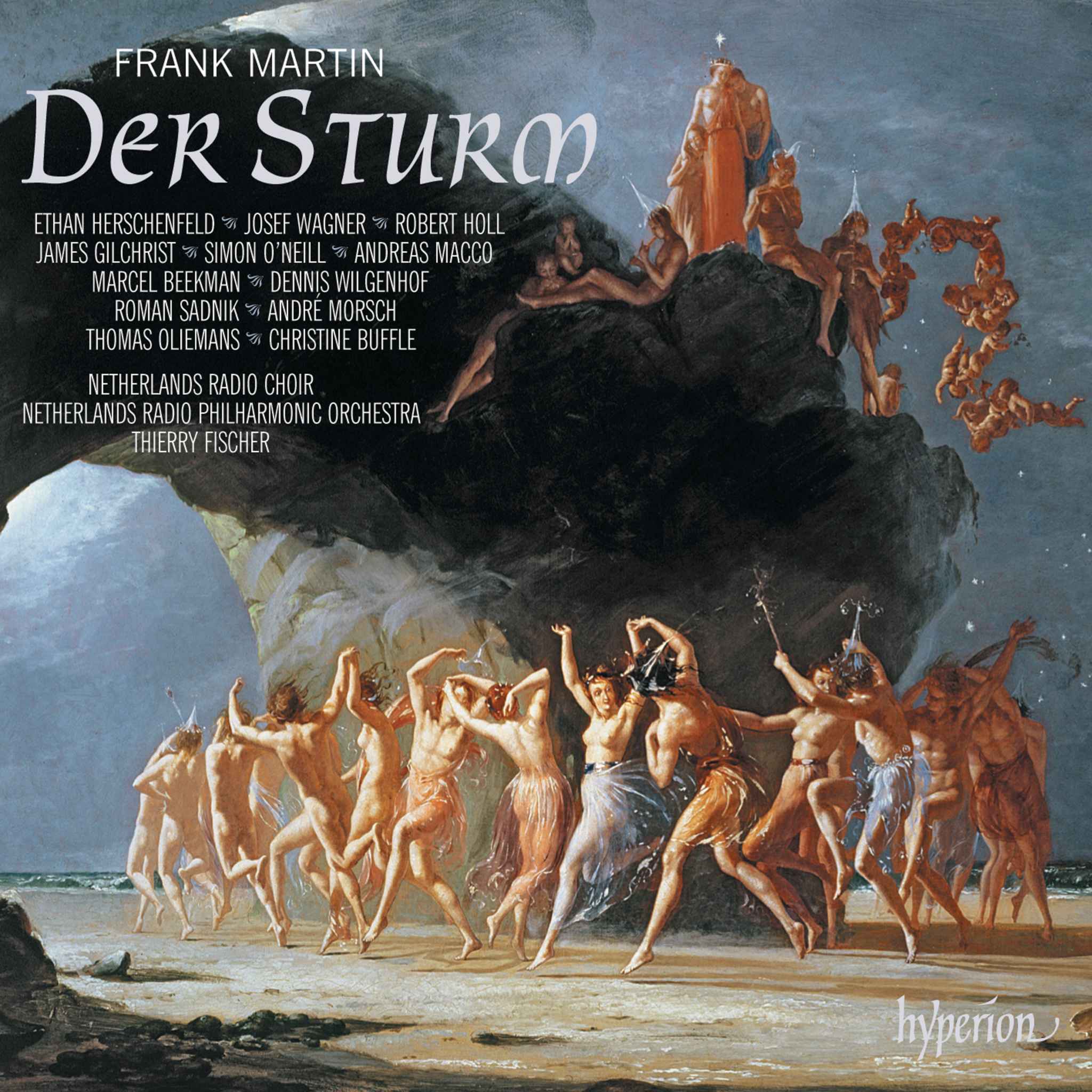Album insights
Im Laufe des 19. Jahrhunderts entstanden zahlreiche Klavierkonzerte, wobei viele davon heute kaum noch bekannt sind. Während Werke von Komponisten wie Beethoven, Schumann, Liszt und Brahms regelmäßig im Konzertsaal zu hören sind, blieben andere im Verborgenen. Es ist bemerkenswert, vergessene Klavierkonzerte dieser Epoche wiederzuentdecken, die durch ihre melodische Tiefe und emotionale Nuancen bestechen. Weshalb finden solch ausdrucksstarke und virtuose Kompositionen so selten den Weg ins Repertoire? Die Zeit scheint reif für Pianisten, mehr Mut zu zeigen und diese verborgenen Schätze dem Publikum zu präsentieren.
Unter den bedeutenden Komponisten des 19. Jahrhunderts finden sich Persönlichkeiten wie Ignaz Moscheles und Henri Herz, deren sieben Klavierkonzerte von großer, manchmal hemmungsloser romantischer Schönheit zeugen. Die Klavierkonzerte dieser Ära zeichneten sich durch ihre Fähigkeit aus, tiefgreifende emotionale Nuancen zu vermitteln. Die Entwicklung des Klavierkonzerts im 19. Jahrhundert war geprägt von einer Verschiebung hin zur Virtuosität des Pianisten, wobei das Instrument nicht mehr nur als Begleitung diente, sondern eine eigenständige, konzertante Rolle einnahm.
Die Rezeption dieser Werke war durchaus kontrovers. Während einige Komponisten avantgardistische und innovative Klavierkonzerte schufen, orientierten sich andere eher an klassischen Formen. Dies führte zu einem breiten Spektrum an Stilen, die die damalige Musikszene prägten. Die symphonische Qualität der Klavierkonzerte von Mozart, Beethoven und später Schumann, Liszt oder Brahms zeigt die Vielfalt der kompositorischen Ansätze dieser Zeit.
Diese vernachlässigten Meisterwerke des 19. Jahrhunderts verdienen es, wieder ins Bewusstsein der Musikwelt gerückt zu werden. Mit ihrer technischen Brillanz und ihrem emotionalen Tiefgang können sie auch heutige Zuhörer faszinieren und begeistern. Es wäre wünschenswert, wenn diese wertvollen Kompositionen wieder häufiger in Konzertsälen zu hören wären und die Anerkennung erhielten, die ihnen gebührt.

